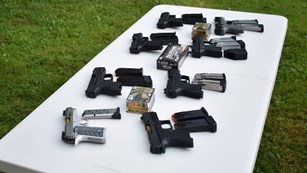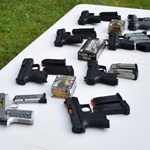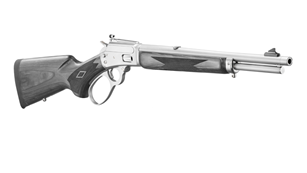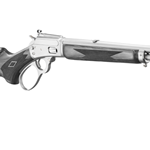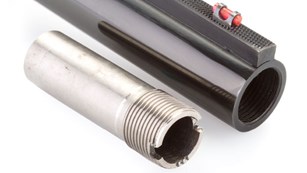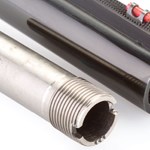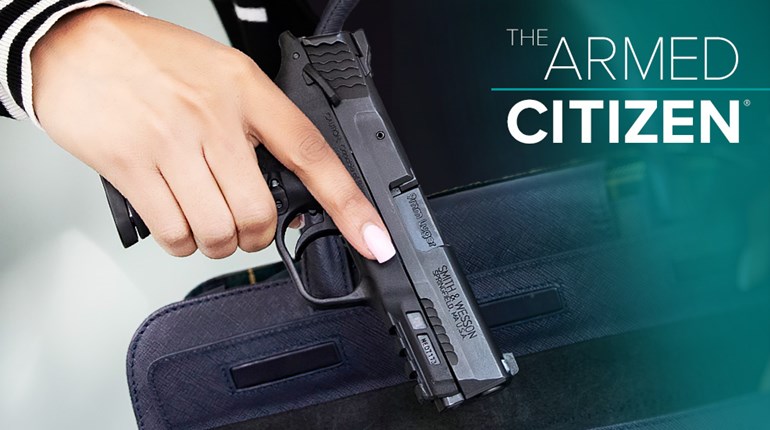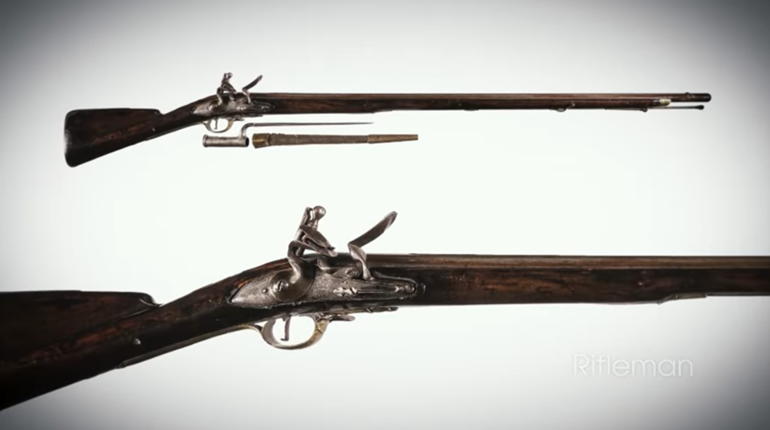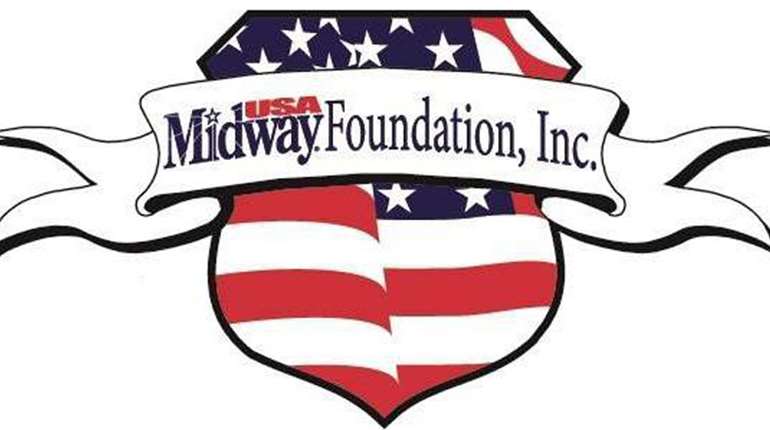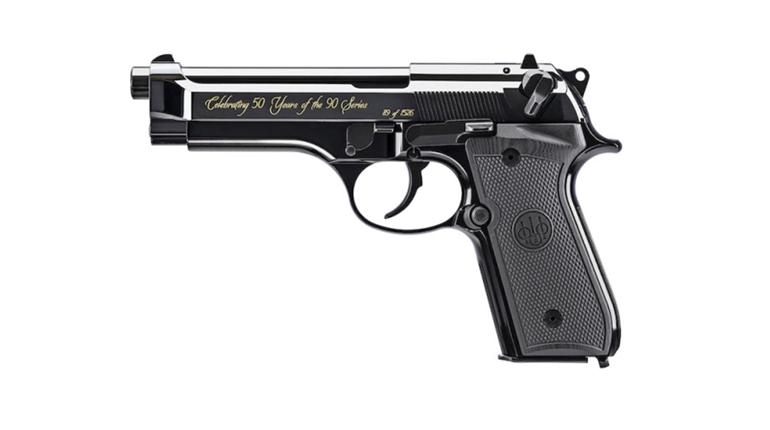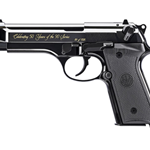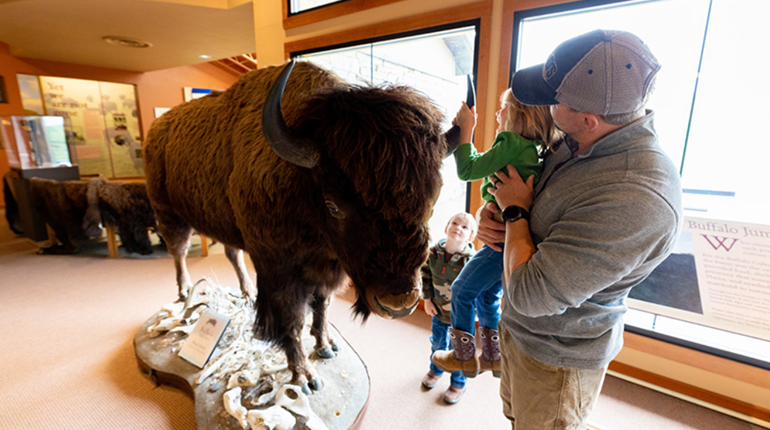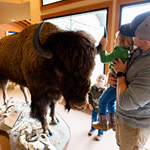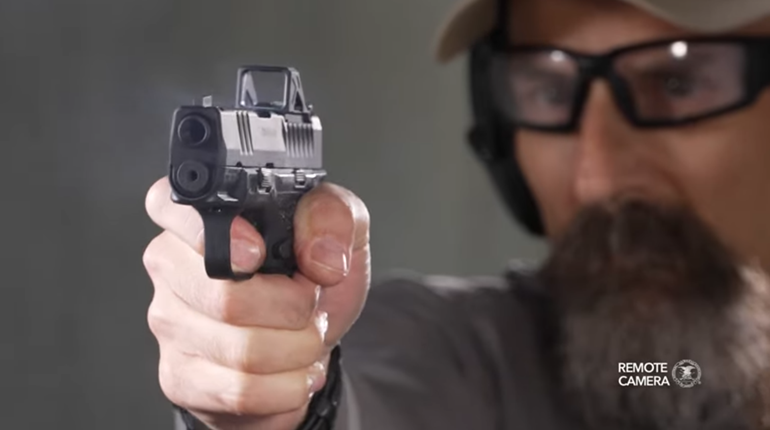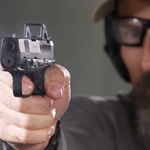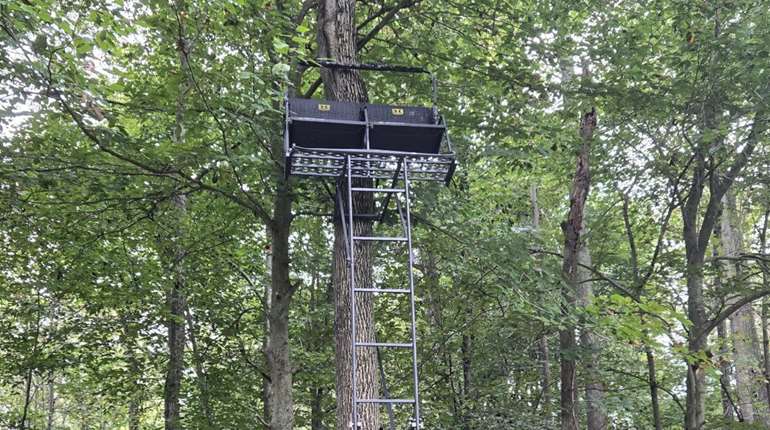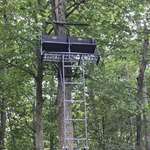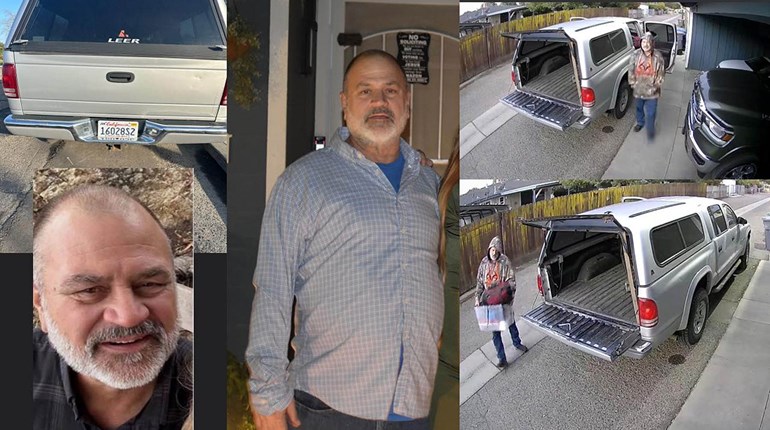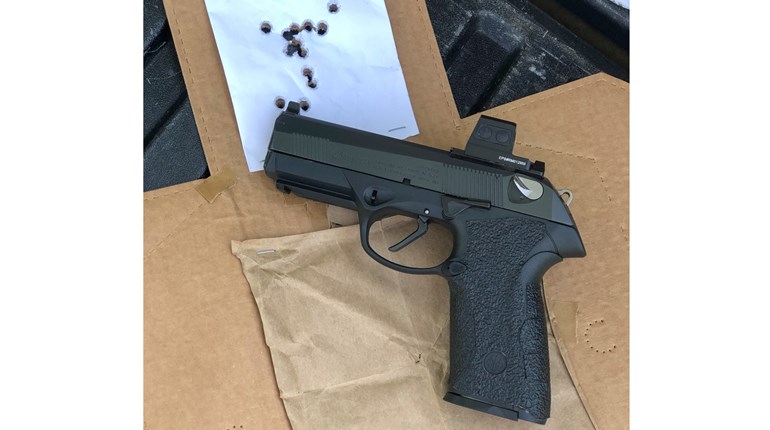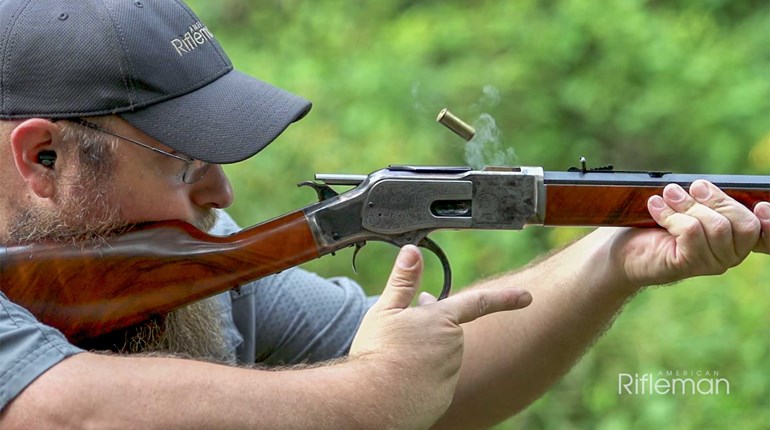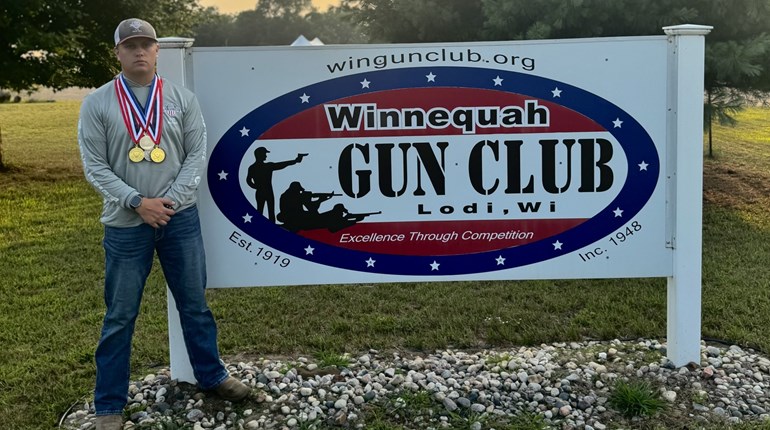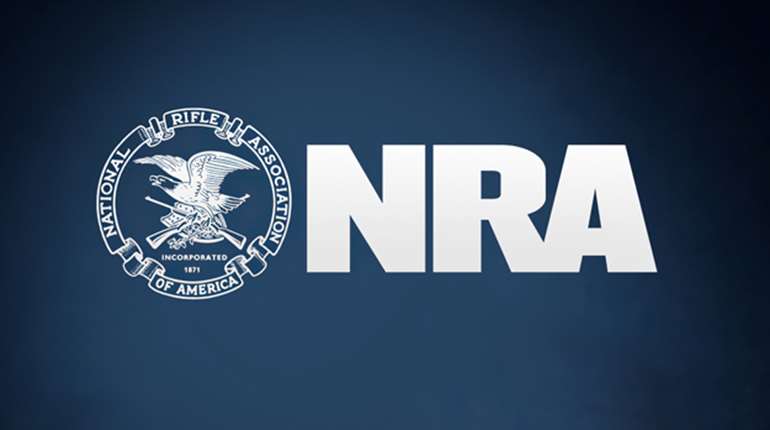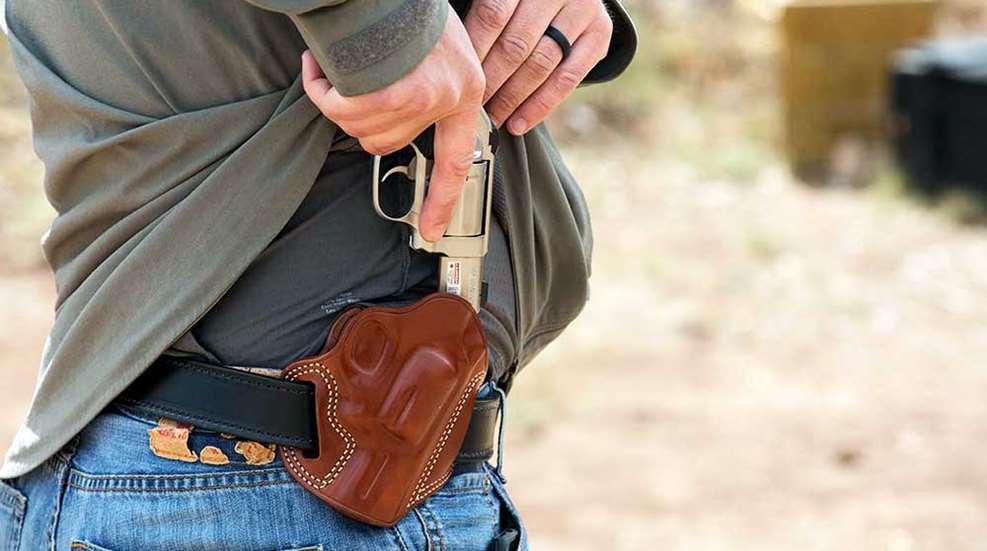
In his book, No Second Place Winner, Border Patrol legend Bill Jordan discusses the fact that he carried his handgun on his right hip. He talks about the advantages of carrying on the strong-side hip, but points out that the main reason he did that is because the Border Patrol told him to do it. In reality, carrying the defensive handgun on the strong-side hip is still quite popular and useful. However, for the armed citizen, there may some better choices. The important thing is to consider how a person spends his day and the tasks that he must perform while armed.
The first thing to consider is how much time, during the day, we spend with our hands near our hips or behind them. I think that most folks will find that most of the time our hands are in front of the hips and on the front side of our body. For this reason, the appendix carry or the crossdraw carry might have the gun closer to our hands and, thus, quicker to get into action.
In addition, if we spend most of our time seated at a desk or in a vehicle, the gun in appendix carry or crossdraw is much easier and quicker to deploy. The same can be said for a shoulder holster. And all three are much more comfortable when seated.
If an armed citizen spends quite a bit of time standing, a smaller handgun in a front pocket makes sense. It has the additional value of looking natural and unthreatening to stick your hands in your pockets upon seeing a potential threat. The key is that nothing should be in that designated pocket except the handgun in a properly fitted pocket holster.
The ankle holster is also a good concealment choice for a second gun. I wouldn’t use it for the primary handgun, because it is difficult to make a quick draw from. In addition, you have to raise your foot off the ground, or kneel down, to access the handgun … neither position is a good idea when violence is pending.
I am also not a big fan of fanny packs or shoulder bags ... e.g., "off-body" carry. The main reason is that they take two hands to get the gun into play, and one might not have both hands free, since criminal attacks are often quite violent and close-range propositions. In addition, the crook might just be planning to grab your shoulder bag and make off with your valuables. If he succeeds, there goes your defensive handgun.
Jordan went on to point out that a number of carry locations may work and give you the speed you need to deal with a criminal attack. The key is to determine what fits your individual lifestyle and then practice. (Then, when you get done, practice some more.)

